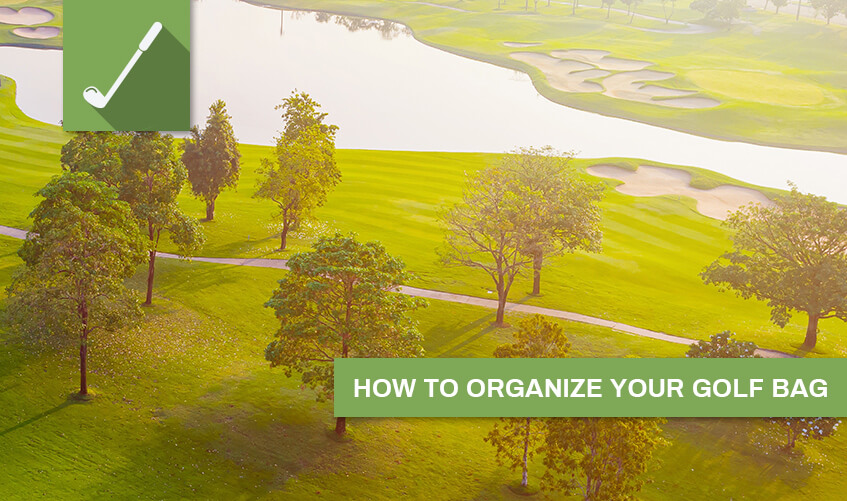What Are The Different Types of Golf Irons?
The game of baseball, like golf, involves a ball and an instrument to hit the ball with. A baseball bat resting on top of a player’s shoulder as he walks up to the plate may look like any other bat to the untrained eye, but ask any baseball player what switching out his favorite bat for another would change and he’ll promptly tell you, “everything.”
Golf is no different. To untrained eyes, one golf club looks the same as another. Serious golfers know better and even similar looking clubs, like the different types of golf irons, can perform worlds apart out on the golf course.
Maybe you are new to the game, or perhaps you would just like to brush up on a little Golf Iron 101. Whatever the case may be, we’ve got everything you need to know about the golf irons in your bag. That is, assuming you are carrying a full set.
3 Different Types Of Golf Irons?
Your driver is technically a wood, but you know better than anyone that its performance off the tee is matchless compared to the other woods in your bag. Irons are no different, and the changes in capabilities and usefulness from a 1-iron to a 9-iron in different situations are drastic. Let’s break down the three main iron groups while focusing on how your irons should be applied.
-
Long Irons.
As the name implies, these are the longest irons in your bag. They are also the irons with the least amount of loft, meaning that the clubface isn’t pointing as high as successive clubs. While no clubface points directly at its target, long irons produce shots with the least amount of height for an iron, instead sending the ball hurling long and straight down the fairway. Many iron sets don’t come with a 1-iron or 2-iron, because some players either find them difficult to hit, or because they find other alternatives like hybrids and fairway woods more suitable for their game. Long irons are usually reserved for shots more than 175 yards from the pin.
-
Middle Irons.
The middle irons – the 4-iron, 5-iron, and 6-iron – are usually the ones occupying the middle compartment of your golf bag. With more loft than their long-iron predecessors, these irons are perfect for nailing fairway shots when your lie is 145 yards to 175 yards away from the pin. It’s no secret that mastering longer irons can be tedious, which is why some players limit their irons by starting their set with a 4-iron and moving up from there. This also provides more room in a golf bag for other clubs, especially during regulation play.
-
Short Irons.
The 7-iron, 8-iron, and 9-iron top out most iron sets. These short irons have the highest loft of any iron, and are only surpassed in loft by the wedges. Short irons are designed to get the ball up in the air quickly, and provide loft that is perfect for shots around a hundred yards out or more. Everyone hits their irons different, so it’s always important to practice with each iron on the range, taking note of your average distance with each club.
The difference between golf irons is more than just a number. It can also mean the difference between a well-placed shot just a few feet away from the pin, or a shot that sends the ball into the water hazard directly behind the green. Practice with your irons, know how far you can hit each iron, and get comfortable with using each club as often as possible-especially if you’re just switching irons to a new brand such as PING or TaylorMade. That way, they’ll be nothing you can’t accomplish on the golf course with any one of your irons.



